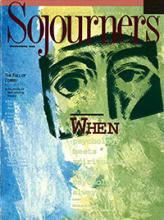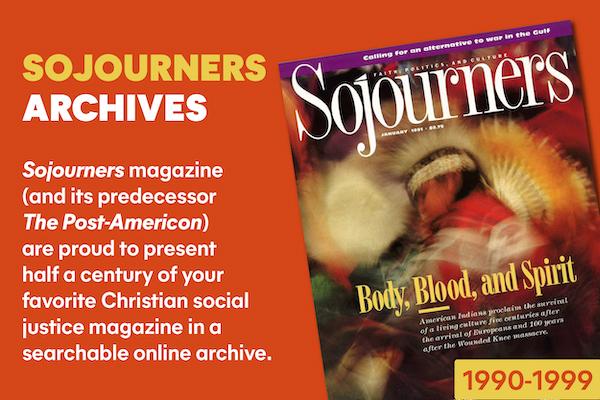When Defense Secretary Dick Cheney reported to Congress this past summer on the "success" of Operation Desert Storm, he made no mention of the fact that hundreds and perhaps thousands of Iraqi soldiers were buried alive by U.S. forces advancing into Kuwait during the ground phase of the war. He stated only that approximately 500 dead Iraqi soldiers had been buried.
But after Newsday broke the story in mid-September, the Pentagon acknowledged that some number of Iraqi soldiers in trenches who refused to surrender during the ground war were "undoubtedly" buried alive by combat "earth-movers" and plows mounted on tanks.
Participating Army personnel who were interviewed by Newsday's Patrick Sloyan were more forthcoming. "For all I know, we could have killed thousands," said Col. Anthony Moreno, one of the commanders of the assault.
"I came through right after the lead company," said Moreno. "What you saw was a bunch of buried trenches with people's arms and things sticking out of them."
According to the Newsday report, some participants in the assault were awarded medals for their performance. Army Private Joe Queen was awarded a Bronze Star for burying Iraqi trenches with his combat earth-mover.
"A lot of the guys were scared," Queen said. "But I enjoyed it."
The story received scant media attention. For example, Time ran just a short two-paragraph story in the "American Notes" section of its September 23 edition, and Newsweek offered only the frequently used soundbite from Pentagon spokesperson Pete Williams -- "There's no nice way to kill somebody in a war" -- in its "Overheard" column the same week.
Read the Full Article

